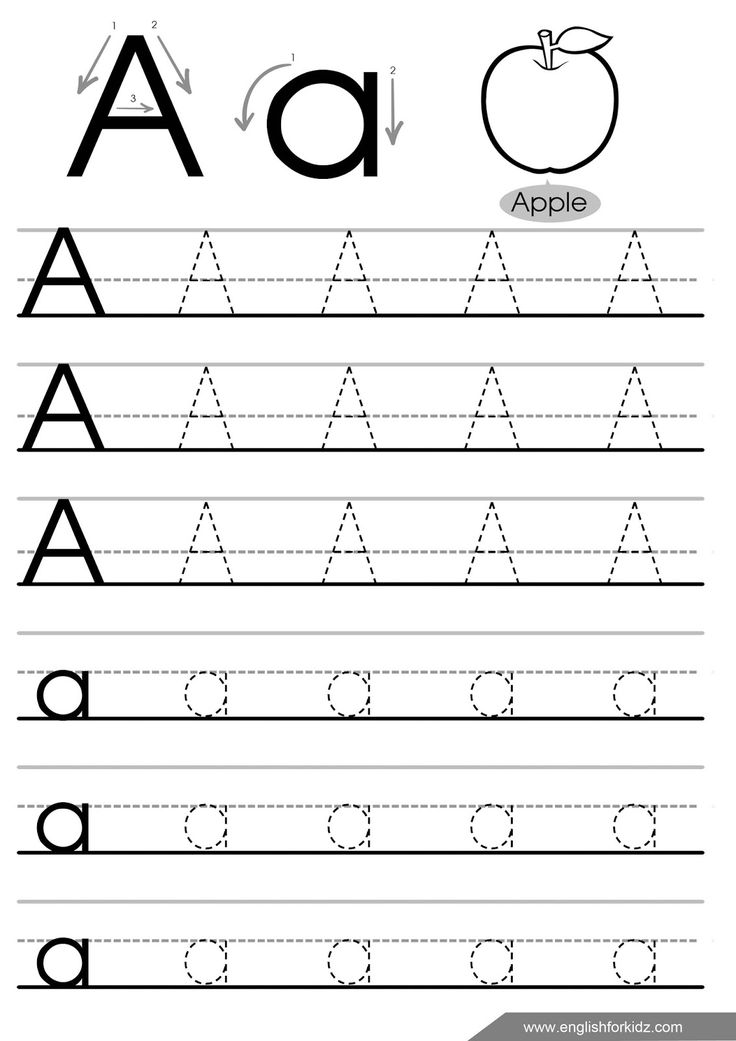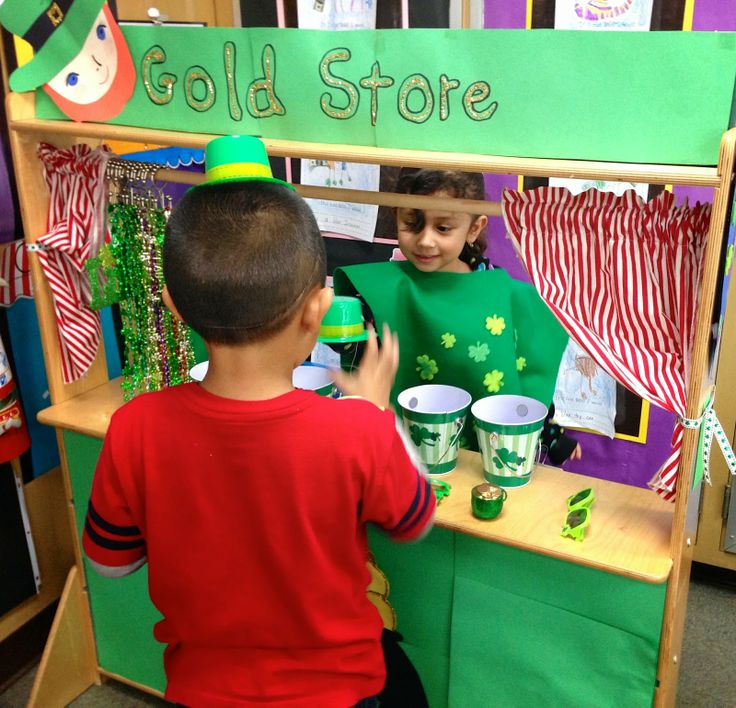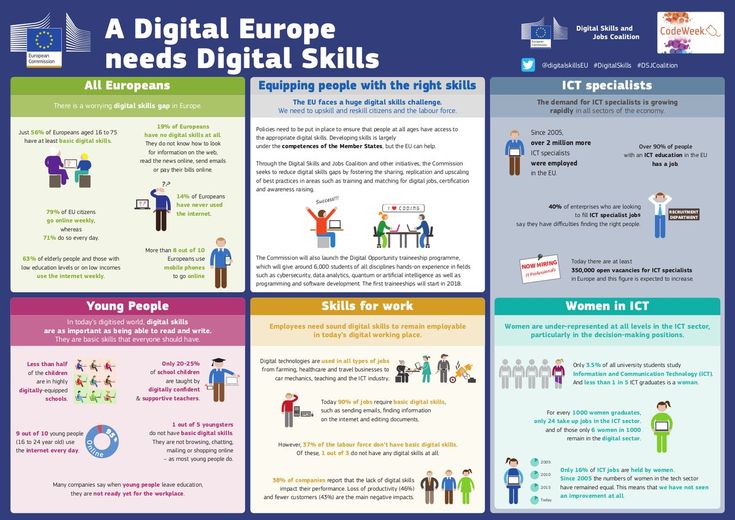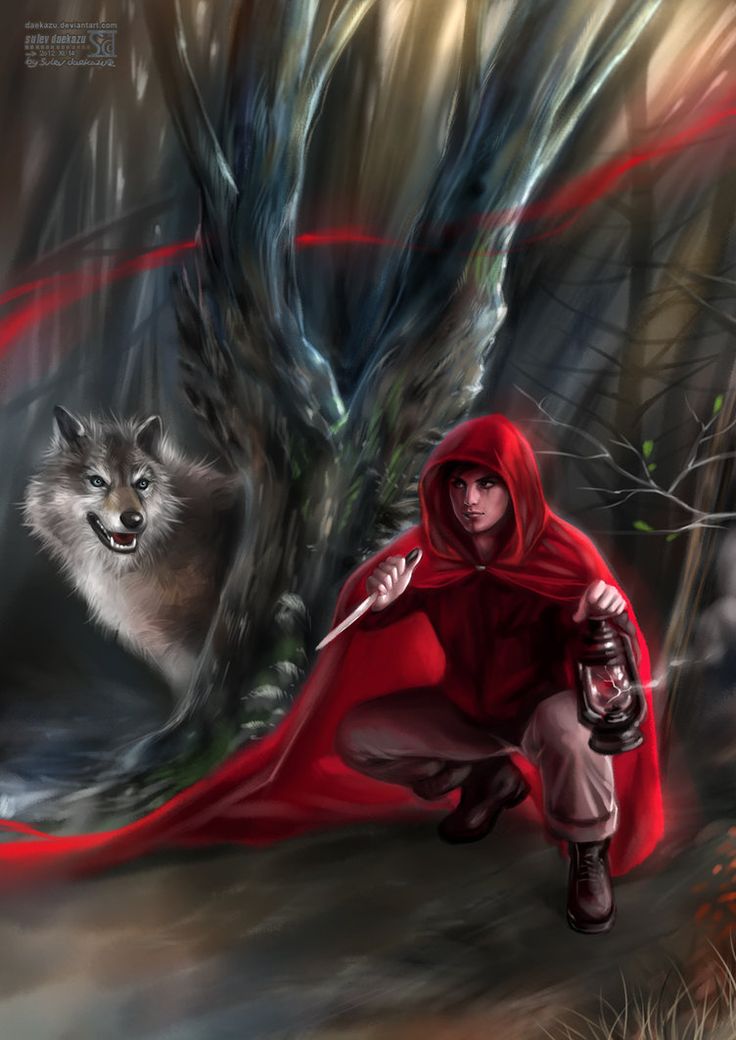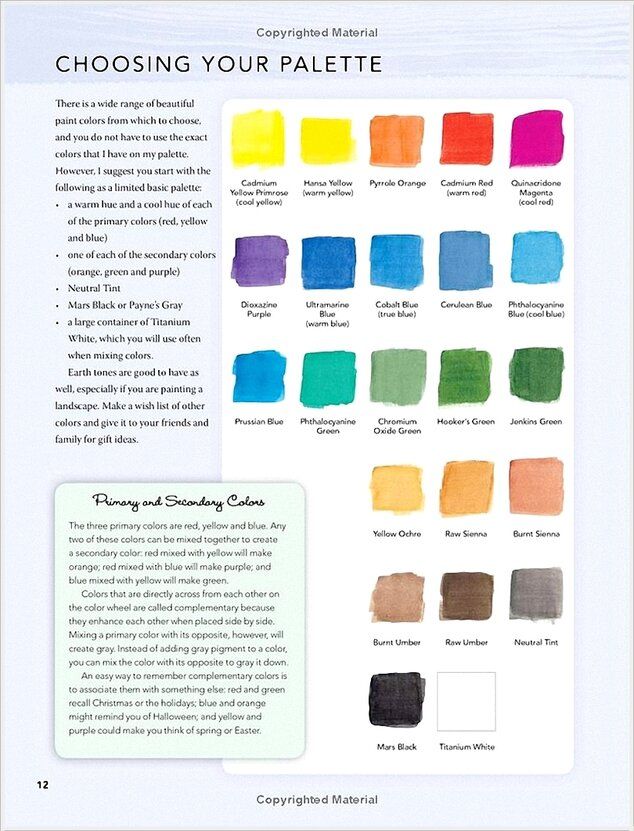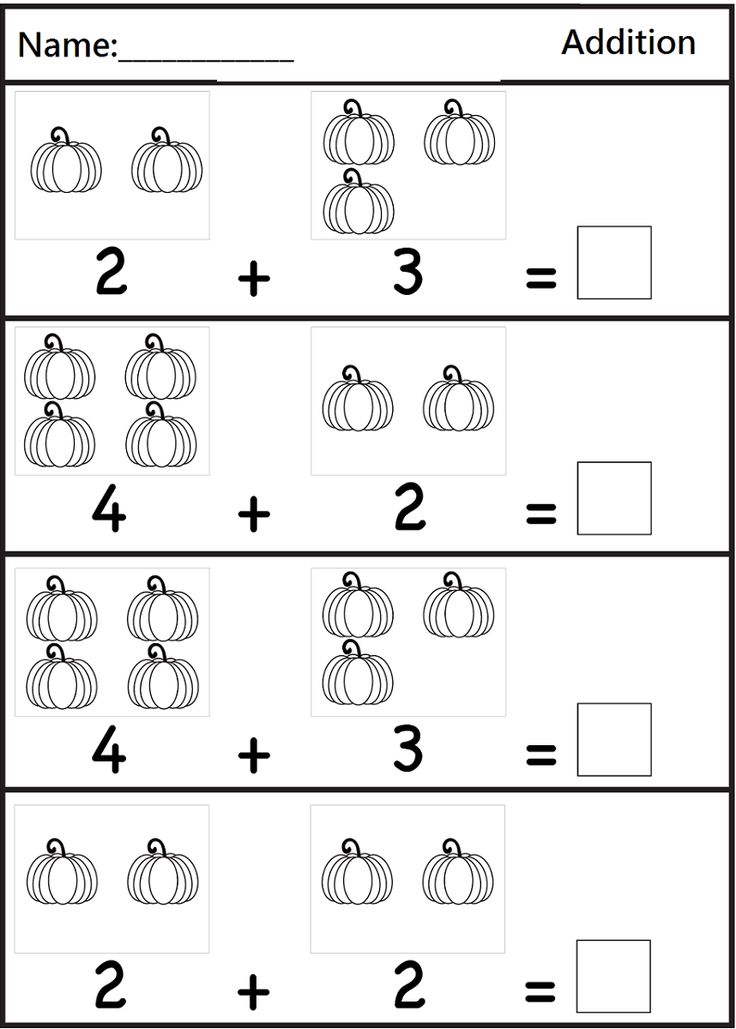Preschool learning the alphabet
Learning the Alphabet: Best Activities for the ABCs
What’s the best way for kids to learn the alphabet?PLAY. OF COURSE! As much as we might think adults need to have a big hand and push into kids learning the alphabet, that’s just not always the case: Kids learn the alphabet when they play with it.
No stressing needed in the early years.
RELATED: Looking for a year’s worth of learning all done for you? Check out Playing Preschool.
How do you help your child learn the alphabet?By letting them play with it. Kids need exposure to it – the same way they have exposure to animals, dolls, cars, trucks, numbers, and blocks.
The truth is: memorizing letter names is just that, memorizing. While it may seem super fancy, memorizing letter names is no different than memorizing dinosaur names, color words, princesses, and Paw Patrol characters.
It’s memorizing the name of a symbol.
The difference is, parents have been told that memorizing the ABCs is the key to learning success. That’s just not true.
Learning in the early years shouldn’t be relegated to just memorizing. The early years is for learning to problem solve, communicate, critical think, to ask question, to take risks, to develop life long skills… and they develop all these through PLAY.
It all comes back to PLAY.
Learning the alphabet is no different than learning animals namesOur children see animals everywhere, and we encourage them to learn names and sounds as they do.
“That’s a cow. It says mooooo.”
Letters are no different. We are asking a child to memorize the name and the sound it makes.
“That’s an M. It says mmmmm.”
We don’t build up animal names. We don’t worry about animal names. We don’t buy flashcards to help memorize names and sounds faster.
But we do with letters.
We don’t need to.
Expose your child to letters as they play – as they’re interestedJust like we don’t push animals, or construction trucks, or dinosaur names on little kids if they aren’t interested… follow the same rule with letters.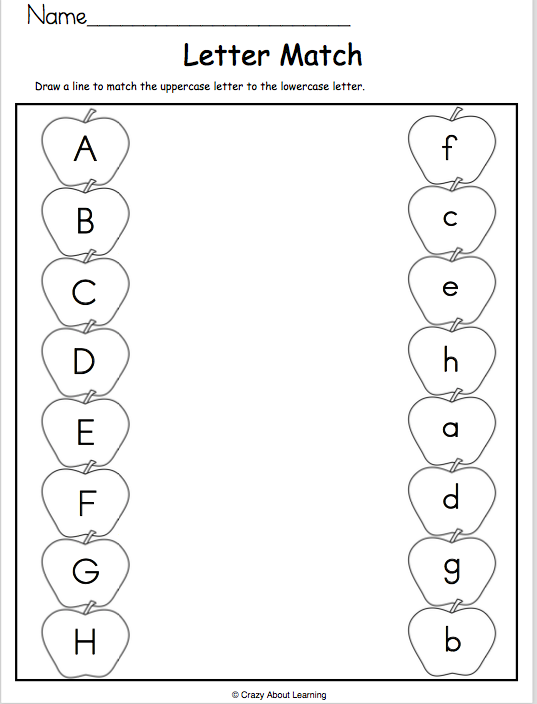
But if you DO HAVE A CHILD INTERESTED IN LETTERS, play with them. Answer questions. Be casual. Be cool. It’ll happen.
Remember, kids are expected to learn the alphabet IN KINDERGARTEN (that’s what the Common Core State Standards say).
Amazing activity to help your child PLAY with the alphabetHere’s some of our greatest hits from through the years that helped my kids learn their letters bit by bit.
Nothing fancy. Just play and fun, light and breezy.
Alphabet Scoop and TransferA combination literacy + sensory + life skills activity that can’t be beat. A good set of alphabet magnets (like the ones here) are a must!
Alphabet Match-upIdentifying capital letters and their small letter counterparts is a big deal… but it’s also similar to kids recognizing several breeds of bears or that Great Danes and Poodles are both dogs.
It’s another skill that grows over time.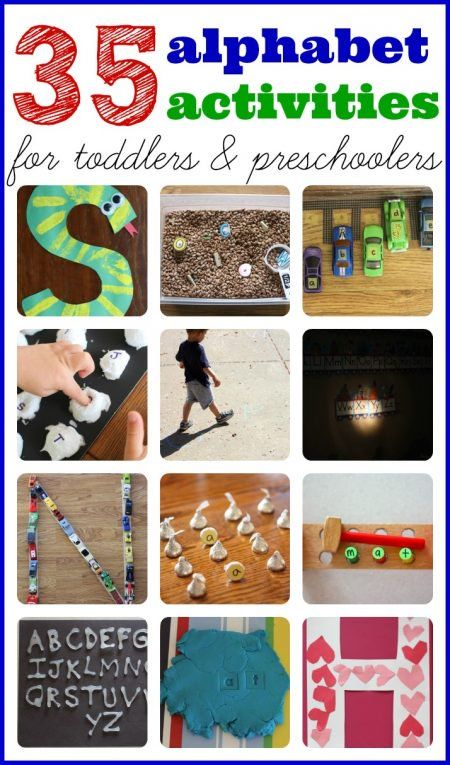
A little art + letter recognition here, and this activity uses alphabet magnets too. They’re an important toy/supply to keep on hand!
ABC Puzzle BinThe tag line is right here: all these supplies came from the Dollar Store! The Dollar Store is a GREAT place to find activity supplies.
ABC & Color SortI spy alphabet magnets again!!! This is a FUN activity for littles – because it’s a color sorting activity that uses alphabet pieces as the materials. My son (in this photo) didn’t know his ABCs yet, but he had a ball playing with them.
Post-It MatchAlways a favorite! This is a MATCHING activity – and my daughter had a ball trying to put her letters back in alphabetical order.
ABC TubeGrab your toilet tube collection and your dot stickers. This is a great (and portable!) activity for kids.
Alphabet FindA classic here.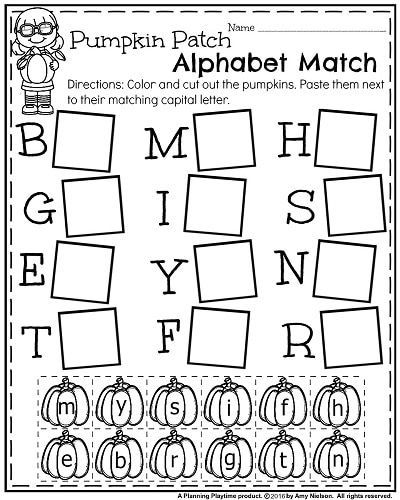 This has been on repeat since 2016 and we play it ALL THE TIME. It’s part letters, part gross motor, and one of the greatest “sittervising” activities of my life.
This has been on repeat since 2016 and we play it ALL THE TIME. It’s part letters, part gross motor, and one of the greatest “sittervising” activities of my life.
An activity that focuses on “tricky letters.” This activity is for all those letters that look different in capital vs lower case form. Ss and Cc are easy letters. Ee and Gg? Tricky letters.
Alphabet MatchHello to one of my favorite activities and favorite TRICKS. Yes, that sharpie really does come off. And everyone say hi to my alphabet magnets yet again…
Erase the ABCsI can still remember the first time we did this! Feels like yesterday so you know that makes me feel OLD. It’s a classic for a reason… and the reason I got so many dinners made with 3 under 4.
Puzzle UnwrapLook at this cutie unwrapping his puzzle pieces. What kid doesn’t love opening a present? 26 alphabet puzzle pieces is one mighty fine way to play with the ABCs.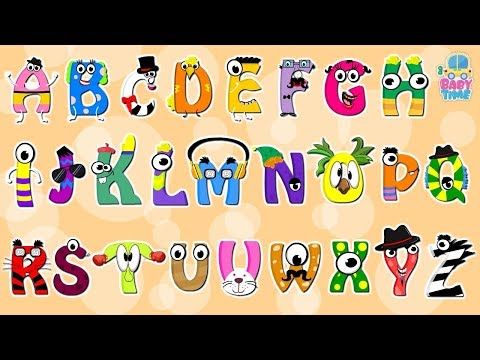
Featuring one of my favorite alphabet toys: the foam bath letters. Not just for the bath, and totally awesome to play with. We still have a set of these!
Above all else, remember: learning the letters is about exposure NOT drillingYou don’t need to drill the alphabet.
You don’t need to stress about the alphabet.
Have some alphabet toys and have some fun… and keep remember: they learned their animal names and sounds just fine. This will happen too.
9 Fun Activities That will Help Your Kids Learn the Alphabet
Add variety to your alphabet instruction with these 9 fun alphabet activities for preschoolers. You can even download a sampler of letter A printables to try them out today.
Are you looking for some fun ways to teach the alphabet to your kids?
During the summer I avoided the steamy 100+ temperature by sitting inside reading No More Teaching a Letter a Week by Rebecca McKay and William H.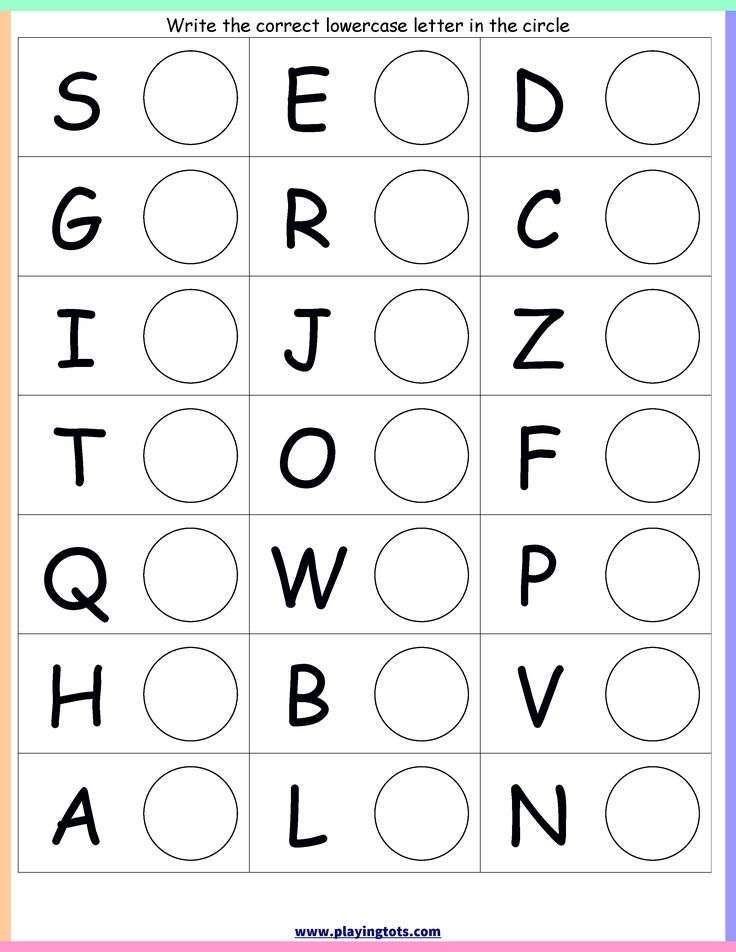 Teale. Under the cool vent of the AC, I was struck by how many times the authors mentioned that kids benefit from varied and repeated exposure and practice with the alphabet.
Teale. Under the cool vent of the AC, I was struck by how many times the authors mentioned that kids benefit from varied and repeated exposure and practice with the alphabet.
I know that I like a little variety when I learn. How about you?
There is no need for you to search all over Pinterest for a bunch of activities that will interest your kids as they learn the alphabet.
Today, I’m excited to tell you about the 9 different letter activities that are included in my Super Alphabet Bundle. The wide variety of activities are great for in the classroom or for parents to do at home.
They will give you the opportunity to work on alphabet knowledge in many different ways with your kids.
Plus, you can even sample the printable activities.
How to teach the alphabet
Learning the alphabet involves much more than reciting the ABC song. Kids learn the alphabet when they
- learn letter recognition
- learn letter sounds
- learn to form letters
Kids can learn the alphabet through name activities, by reading books, through playful multi-sensory alphabet activities.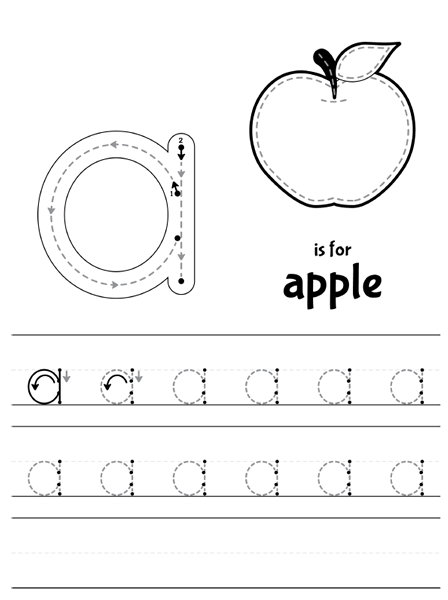
There are MANY ways to help kids learn letters, and it’s best to provide a variety of activities.
Let me show you 9 printables to help kids learn the alphabet.
1. Dot Alphabet Activities
The first activity that I want to share is alphabet dot pages. These printable alphabet dot letters can be used to work on letter recognition, letter formation, and letter-sound knowledge.
Kids can trace the letters with their fingers to learn to recognize the unique features of each individual letter. I love that this activity can also be a great fine motor exercise. Kids enjoy placing stickers, loose parts, or sticky fingerprints in each circle of the letters.
To get tons of ideas for using the pages, check out this article about alphabet dot letters
2. An Alphabet Word Wall
Next, you can create a print-rich environment in your classroom with word wall cards. The alphabet header cards in this word wall set are large, square cards with a simple border and large letters so that kids can focus on what is important…the letters.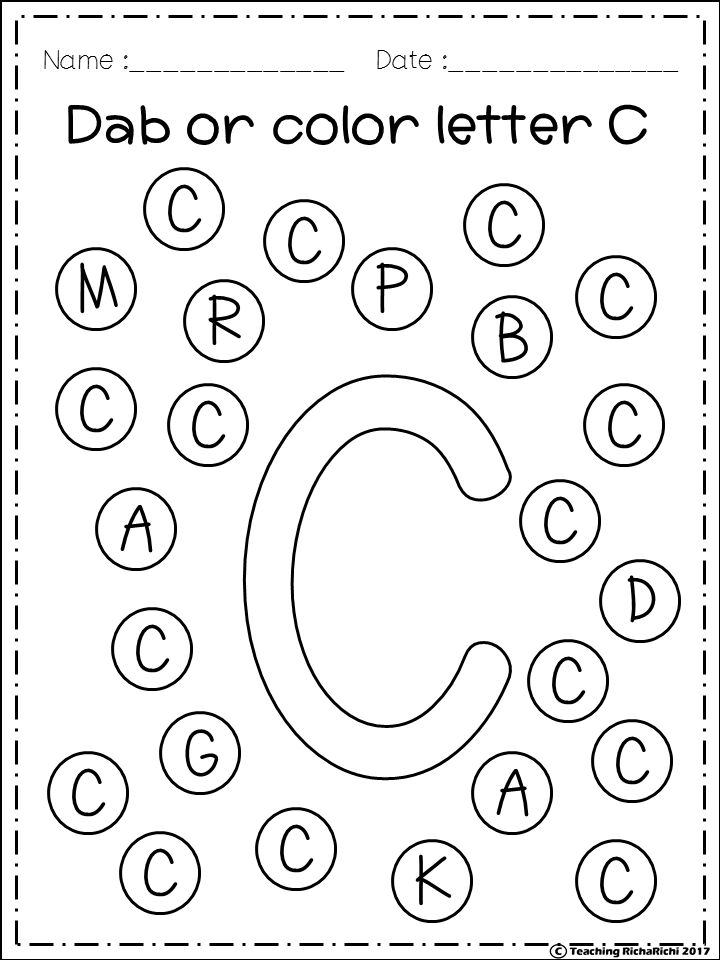 Each word card contains a word in a large, clear, simple font along with a simple illustration…..again clear and simple.
Each word card contains a word in a large, clear, simple font along with a simple illustration…..again clear and simple.
You can also create name cards or custom cards for your word wall. Kids love seeing some environmental print cards up there too.
Because of the trademarked logos, I can’t add environmental print cards to the printable set.
But….let me share a secret…..
You can make them by using a logo image in place of a child’s photograph. Have fun creating them. Teachers proudly displayed the Ohio State logo on our word walls when we lived in Columbus, Ohio.
In addition to using the set as a word wall, you can use the resource in pocket charts, on word rings in your writing center. You can also use the word cards and alphabet header cards as a sorting activity, for a word scavenger hunt, or as a matching game
3. Start with a Dot – Letter Formation Activities
Giving kids the opportunity to produce letters will help them learn to recognize the letters.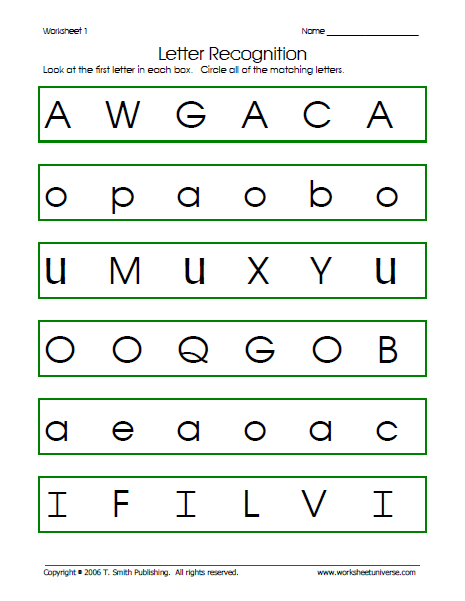 This alphabet tracing activity set includes several different cards to help kids learn to produce letters.
This alphabet tracing activity set includes several different cards to help kids learn to produce letters.
Letter Tracing Cards in a Salt Tray
Finger tracing cards provide a great way to help children learn the differences among the letters. A starting dot serves as a visual reminder on where to start letter formation.
Kids can finger trace directly on the cards or can use the cards as a reference as they reproduce the letters in a salt tray, on a blank wall, or in the air with their magic finger.
Do you want to know how to put together a salt tray? Check out this salt tray post for some great ideas to make an exciting salt tray for your kids.
Create Tactile Letter Cards
You can also use the cards to make tactile letter cards. Kids love feeling the letters and don’t even realize that they are learning as they do it. Find direction and LOTS of ideas in my article about tactile letters.
Alphabet Tracing Strips
The set also includes 3 sets of alphabet tracing strips so that kids can also practice letter formation with a real-life writing instrument (not a magic finger).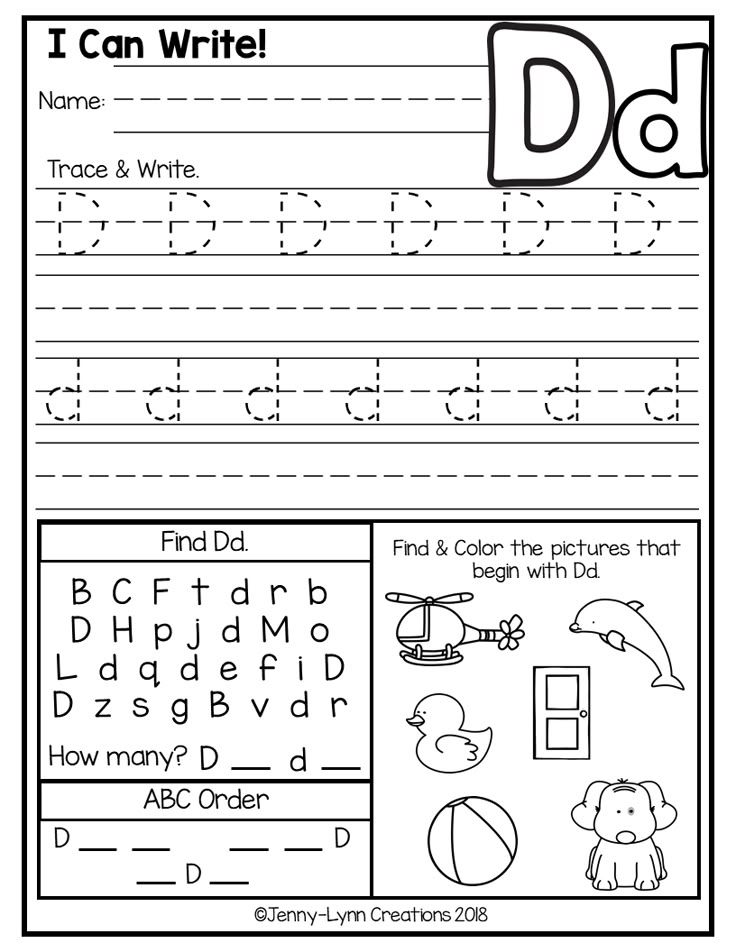
Each set of tracing strips have a different style of tracing font
- yellow
- dotted
- outlined
Some children may find it easier to see their writing on top of the yellow letters, some children may enjoy the challenge of trying to keep their writing within the lines of the outlined letters. Use the style of tracing stripes that are best for your kids.
These are not like old-school letter tracing activities. You know what I mean…the ones with all the arrows and numbers. I do not like those things!
Don’t Distract Me! – Arrows and numbers on tracing letters easily distract me. I prefer to use a simple green starting dot on my tracing activities. The dot provides a visual clue to help kids know where to begin when forming letters.
4. My Favorite – Editable Alphabet Activity Sheets
These editable pages provide endless letter activities for your kids.
Practice letter recognition and phonemic awareness in creative and multi-sensory ways.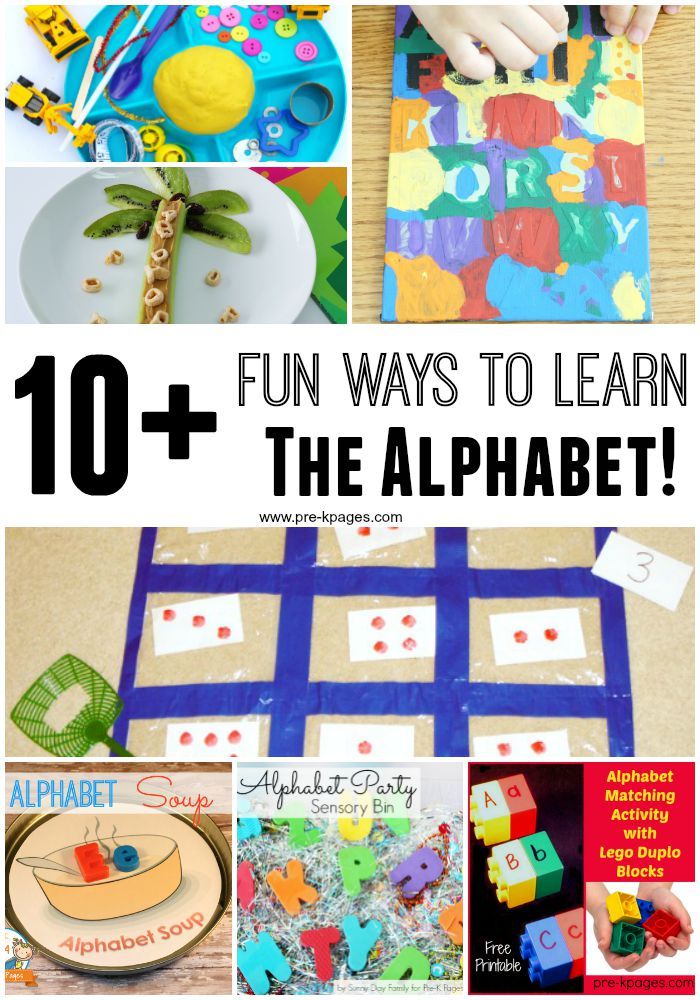 The full set contains lowercase and uppercase editable letter pages, uppercase and lowercase pages without text, 1 full-color editable cover page, and 1 black and white editable cover page.
The full set contains lowercase and uppercase editable letter pages, uppercase and lowercase pages without text, 1 full-color editable cover page, and 1 black and white editable cover page.
These letter sheets are my favorite alphabet activity because there are so many ways to use them.
- Create an alphabet book by binding a cover together with ABC pages.
- Make a tactile alphabet book and let kids finger trace the letters.
- Make alphabet pages featuring your kids’ names.
- Create a class name book.
- Use the sheets, along with small manipulative or toys, as play mats or play dough mats.
- Create letter activities or art/craft projects with the letter sheets.
- Use the sheets without text as coloring pages or take-home pages.
If you want to use materials that coordinate with each letter of the alphabet, check out this article for a HUGE list of material ideas for your letter activities.
5.
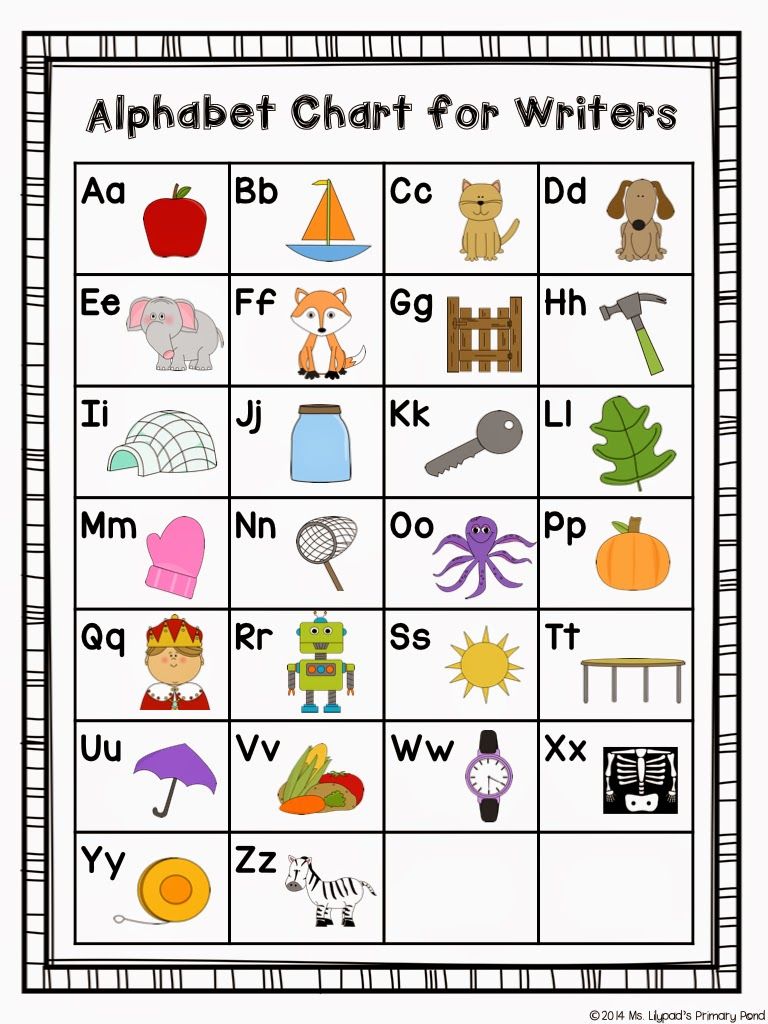 The All-in-One ABC Play Dough & Activity Mats
The All-in-One ABC Play Dough & Activity MatsIf you are looking for an easy printable that provides multi-sensory opportunities to practice letter recognition, letter formation, and letter-sound association …all on one page…this alphabet activity mat is it. The full set contains 26 full-color alphabet mats and 26 black and white alphabet mats.
Each alphabet mat contains five sections.
- Alphabet Square – Children can finger trace the large letters or they can place a coil of play dough, wikki stix, or small objects on top of the letter. They can also color the letters.
- Uppercase Alphabet Line– Encourage kids to search for and circle the focus letter among the other letters in the alphabet.
- Beginning Sound Examples– Review the objects pictured with your kids. Name the objects and listen for the beginning sound. Practice the sound associated with the letter. Kids can also search for the letter in each word, and/or circle the letter in each word.
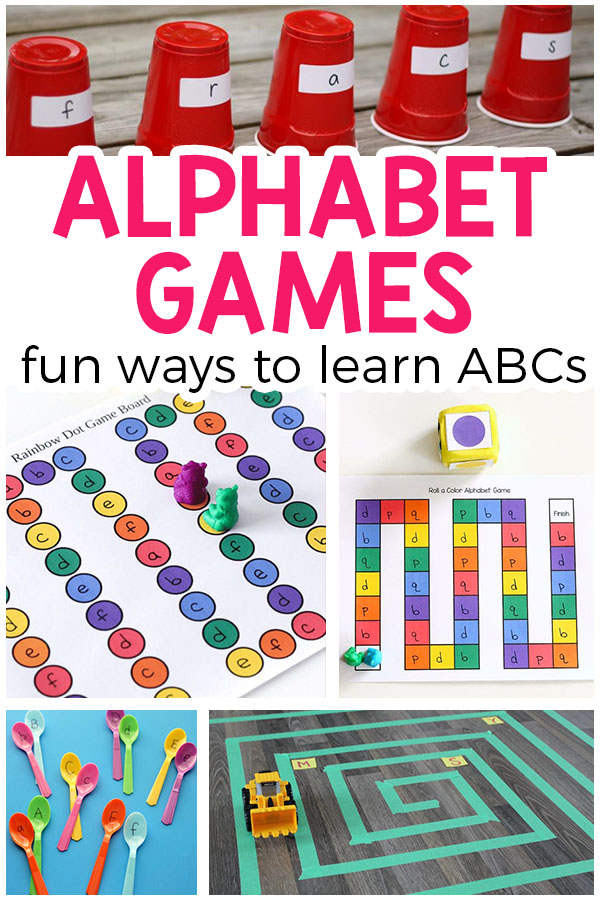 Kids can color the pictures on the black and white version.
Kids can color the pictures on the black and white version. - Letter Formation Practice– Here is an opportunity to trace letters and write letters on the lines.
- Lowercase Alphabet Line- Finally, kids can search for and circle the focus letter among the other lowercase letters in the alphabet.
6. Alphabet Letter Books That Assemble in a Snap
My little alphabet letter books are simple, uncluttered, and are a great way to help kids understand print. The simple, predictable text and pictures are easy for kids to read aloud. Your kids will have the opportunity to practice letter recognition and phonological awareness.
Print the full-page book and use it in the class library and print off the little books for a literacy activity that you can send home with your kids.
Each little book contains a cover, 2-3 picture pages, and a letter tracing page.
- Kids can finger trace, color or use rainbow writing on the large letters on the cover of each book.
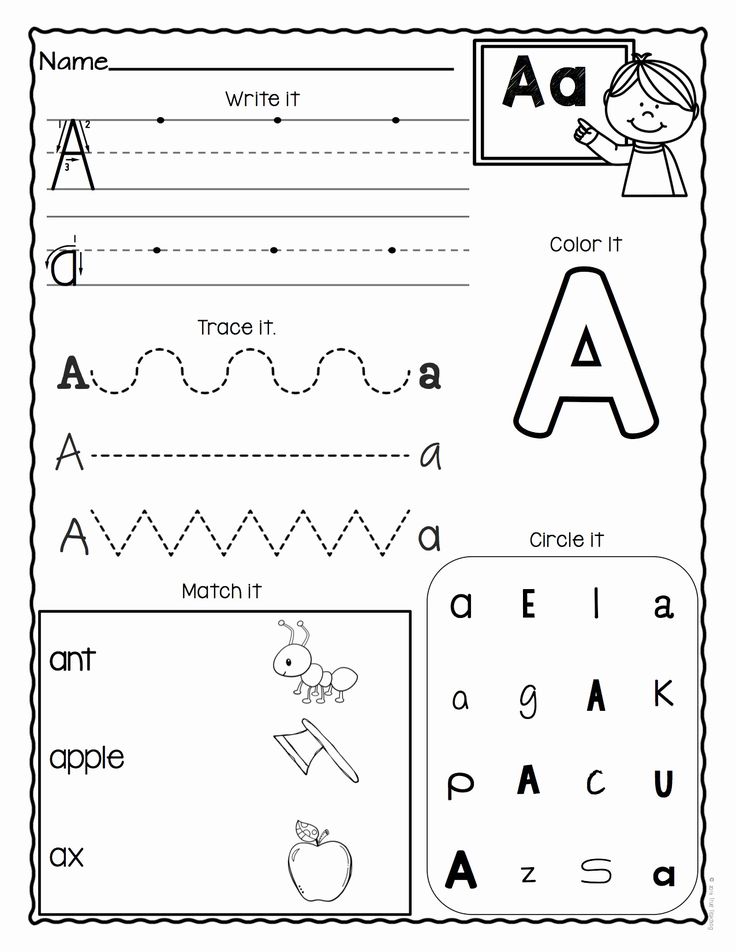
- There is simple predictable text on each picture page.
- Kids can read the sentence on the picture pages, circle the letter within the sentence, and color the pictures.
- The letter formation page provides young children an opportunity to trace and write both capital and lowercase letters. A simple starting dot is a great way to help kids learn letter formation without other distractions.
Busy teachers appreciate that the little books are easy to assemble. Check out this video to see how easy it is to assemble four books in a snap.
Because so many people started teaching preschool at home during the pandemic, I updated the to include an option where you won’t end up with 4 copies of the same book.
7.
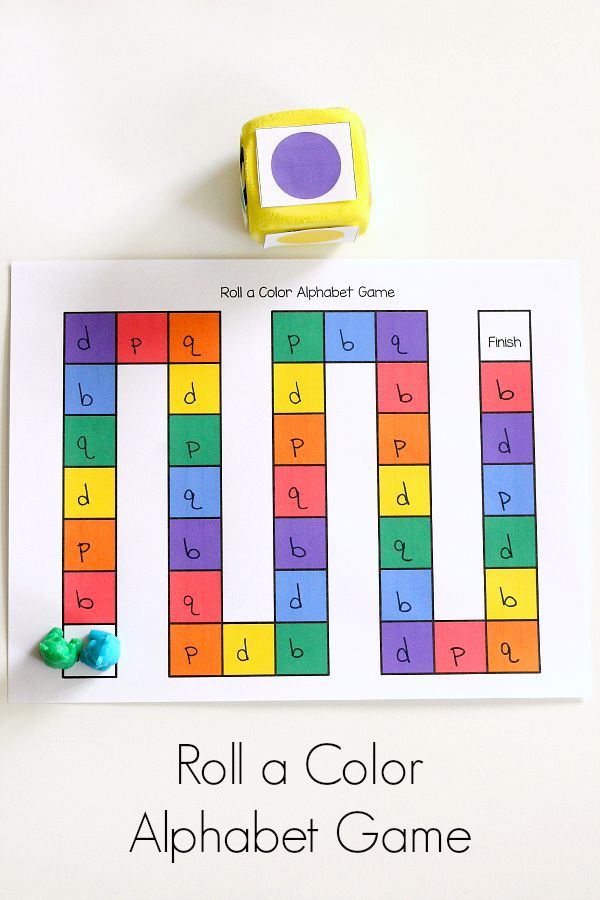 Learning Letters with Fine Motor Activities
Learning Letters with Fine Motor ActivitiesGet out the q-tips and learn letters and work on fine motor control with these fun cards. Your kids will learn to recognize letters and proper letter formation (note that the starting point is highlighted) with this fun activity. Check out this article about learning letters with fine motor activities to get more activity ideas.
8. Sorting Words by Beginning Letter and Sound
This ABC picture sort activity gives children the opportunity to practice phonemic awareness skills. The beginning sound sorting activity includes a complete set of uppercase and lowercase letter boards as well as 52 picture cards (2 for each letter of the alphabet).
You can assemble the cards so that they have the name of the pictured object written on the backside.
Ideas for sorting activities and small group games are included.
9. Alphabet Coloring & Activity Pages with a Secret
Finally, these coloring and activity pages will provide children the opportunity to practice letter recognition, letter-sound association, and letter formation. I designed the pages (like many of the activities) in a simple manner so that young kids will not be overwhelmed. The pages are no-prep….just print, copy, and go!
I designed the pages (like many of the activities) in a simple manner so that young kids will not be overwhelmed. The pages are no-prep….just print, copy, and go!
Flexible Options! These activity pages come in half sheet and full sheet sizes. There are two pages for the letter “X” (one with x as a beginning letter and one with x as an ending letter) There is one page for all other letters. Use the pages individually or bind them into an alphabet activity book. Laminate the pages to use them over and over again in a writing center.
Kids can perform the following activities on each page. Don’t forget to find the hidden letters!
- Color or finger trace large letters.
- Reinforce letter-sound awareness as they “read” and color pictures for each letter.
- Trace uppercase and lowercase letters.
- Print uppercase and lowercase letters.
- PLUS Search for 6 small letters hidden on each page
Sample These 9 Activities Today!
How’s that for a variety of alphabet activities for preschoolers?
You can purchase all 9 of the activities described above individually, or you can purchase them together in a money-saving bundle.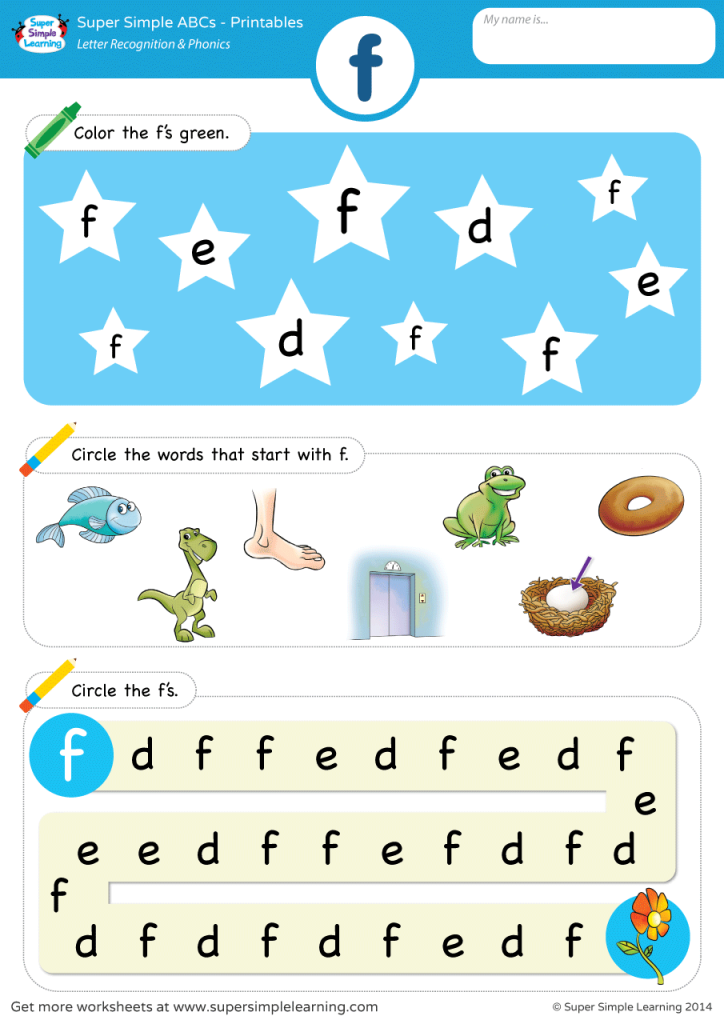 Do you want to try them out before purchasing? Download the free sample of the letter A printables today. The ABC sampler includes all of the activities above for the letter A. To download the activity sample, click on the link below:
Do you want to try them out before purchasing? Download the free sample of the letter A printables today. The ABC sampler includes all of the activities above for the letter A. To download the activity sample, click on the link below:
Free Alphabet Activity Sample
Purchase the Alphabet Activity Bundle
Click on the image below to purchase the complete alphabet bundle:
Learning the alphabet: methods, exercises and games for children
The alphabet is the foundation of reading. Therefore, before you start reading and writing, teach your children the letters.
Children can start learning to read as early as preschool age. Parents and teachers need to teach the child to pronounce sounds correctly in their native language. These are important prerequisites for learning letters and learning to read successfully. The educational process of preschool children is based on visual, acoustic and tactile exercises. The use of various channels of perception in the educational process increases its effectiveness and stimulates long-term memorization of letters.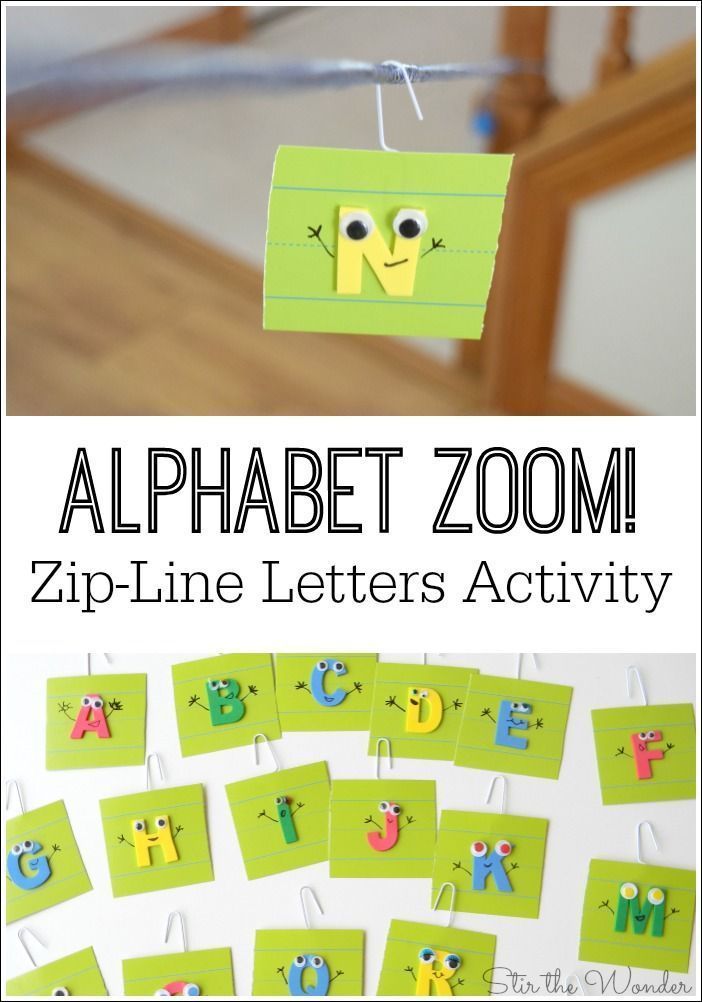
Learning the alphabet: introducing the child to the alphabet.
To master reading, a child must learn and recognize not only the graphic form of letters, but also be able to compare them with their corresponding sounds. This means that the child must be able to write letters and pronounce them. When the child learns to correctly pronounce all the sounds in his native language and distinguish letters by visual form, go directly to reading. As a rule, at the age of 5-6 years, most children no longer experience difficulties in this.
See also: Reading and bilingualism. Bilingualism in children
From the age of 5 to 6, children begin to understand that there is a lot of information encoded in language using letters. Thus, they are interested in learning to read by then, as they are naturally curious.
Of course, babies can learn and memorize individual letters quite early. However, their interest, mostly spontaneous, is directed to individual words and letters.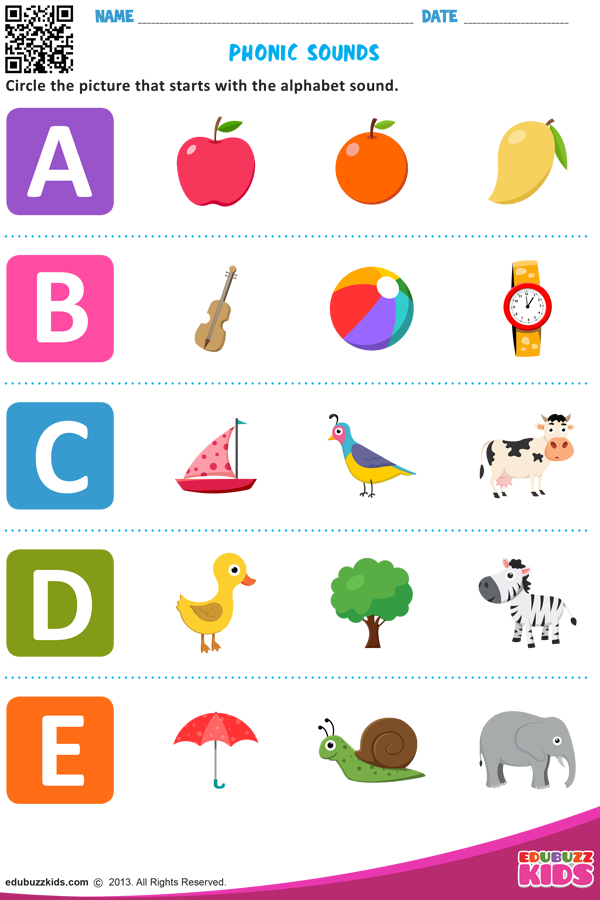 Here it is important to gently motivate the child by encouraging him to learn through games and a comfortable environment. However, too much pressure can lead to stress, causing little ones to lose any motivation to learn letters.
Here it is important to gently motivate the child by encouraging him to learn through games and a comfortable environment. However, too much pressure can lead to stress, causing little ones to lose any motivation to learn letters.
Alphabet learning games
The first rule of learning the alphabet: learn the letters one by one!
Don't forget, each letter is made up of visually similar elements. If you try to teach a child several letters at a time, he may become confused. Learn the letters one by one. One lesson - one letter.
Second rule of learning the alphabet: take your time!
Give your child enough time for each letter. Plan 1-2 lessons for each new letter. Organize the lesson in a form that is interesting for the child with the help of games.
Tactile method: from studying letters to reading
The child sees something abstract in a letter. Chains of associations will help in learning letters.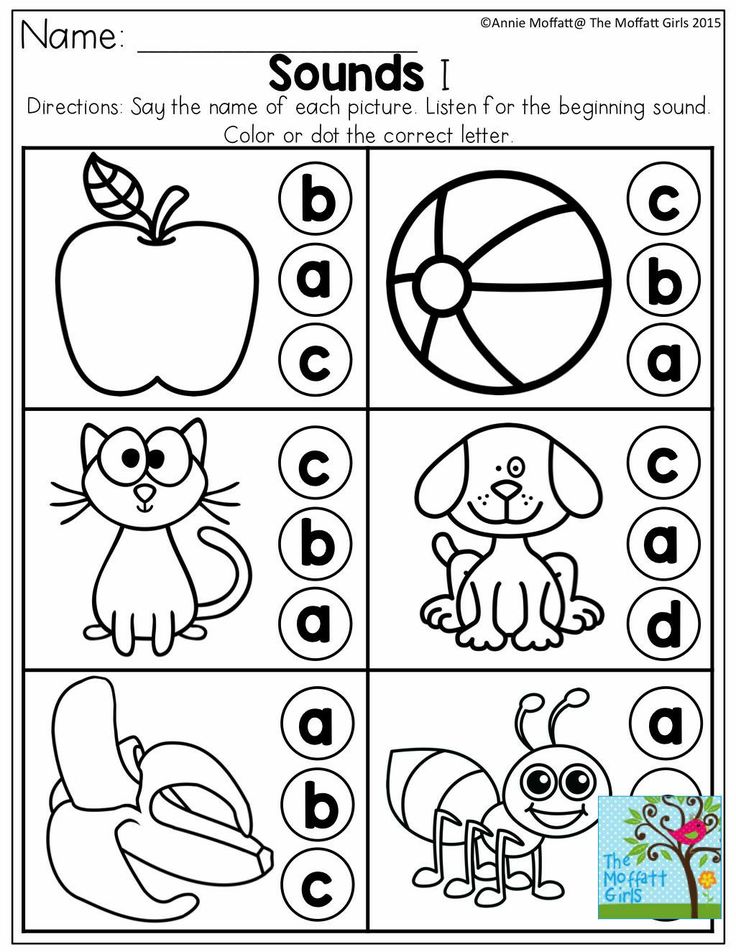 Associating each letter with something specific or familiar helps the child fix it in his memory.
Associating each letter with something specific or familiar helps the child fix it in his memory.
1. Make a letter out of plasticine
Let's memorize what a letter looks like and develop fine motor skills.
We will need: plasticine (should be elastic), modeling board and a disposable plastic knife.
Together with your child, roll out 8 approximately identical sausages from plasticine. 2 - divide in half, 2 - divide into 3 parts. From the remaining 4, make rings by blinding their edges and cut 2 of them in half, creating semicircles. Thus, you should get a set of elements to compose any letters of the alphabet. Show the child a couple of examples and ask them to repeat, collecting previously passed letters.
2. Magic wands
Let's memorize letters, learn how to make letters from sticks, learn how to transform letters.
We need: a set of counting sticks. If not, you can replace with matches or toothpicks.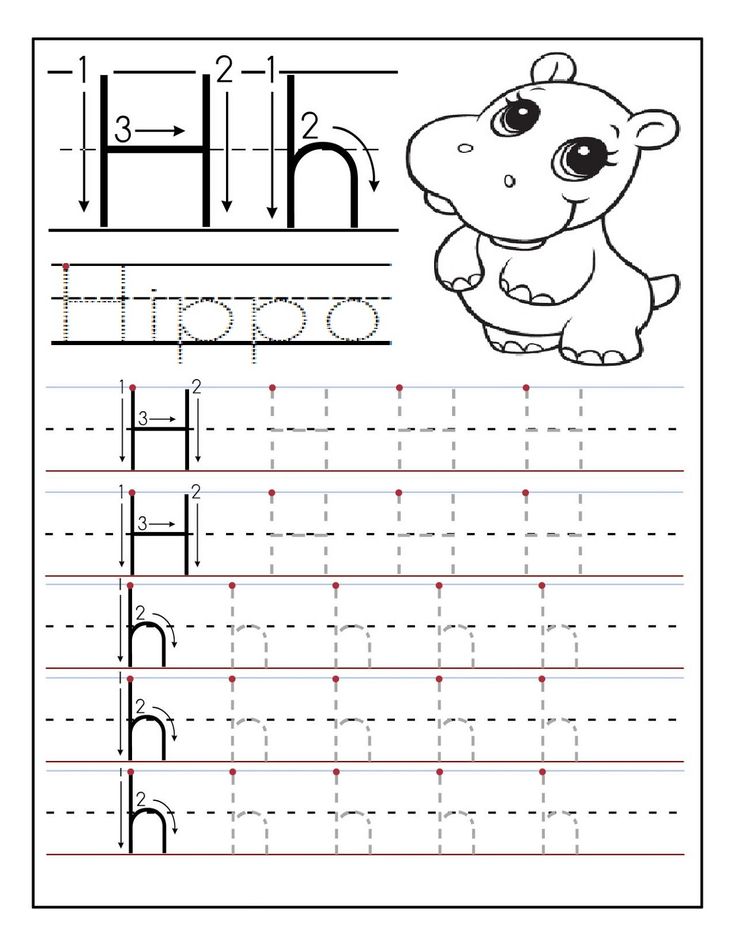
The easiest way is to lay out letters from sticks according to a pattern or without a pattern (according to the idea). When the child learns to lay out all the letters, you can complicate the task by laying out objects familiar to the child from them, and then ask them to change them, for example, make a figure resembling a door out of sticks, and then ask the child to remove 2 sticks to make the letter P.
3. Tactile letters
Memorize letters and develop fine motor skills
We will need: sandpaper, velvet paper, scissors.
Cut out letters from sandpaper or velvet paper. The child will have to close his eyes to identify the letter by touch.
4. Draw a letter on the semolina
Memorize letters, develop fine motor skills
We will need: a bright dish tray, semolina
Pour sand or semolina in a thin layer on the tray. Set an example for your child, show how to write letters on the croup with your finger or stick.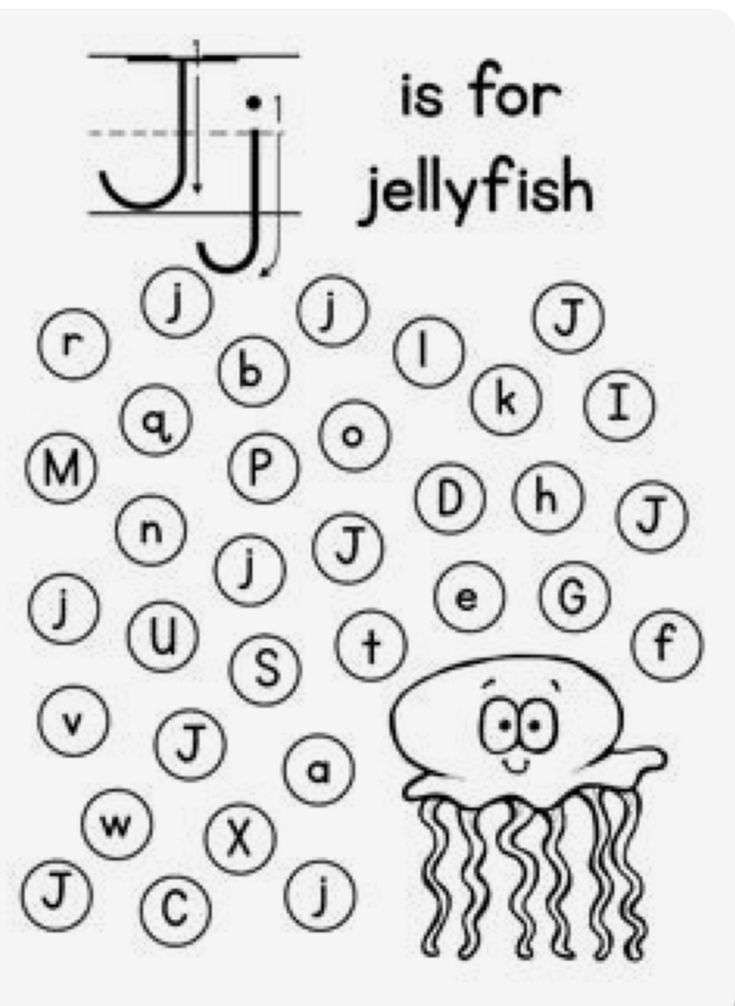 Ask him to write next to the letter, the same as you wrote, write a letter more or less than yours, add an unfinished letter, or erase the extra detail of the "wrong" letter. Children will like this game, just shake the tray a little, and the mistake or inaccuracy made disappears!
Ask him to write next to the letter, the same as you wrote, write a letter more or less than yours, add an unfinished letter, or erase the extra detail of the "wrong" letter. Children will like this game, just shake the tray a little, and the mistake or inaccuracy made disappears!
5. Mirror letter
Memorize letters and train attention
We will need: cardboard, pencil and scissors
Prepare identical cards cards, 2 pieces for each letter. Write 1 letter on each card. Write the letters in mirror image and correctly. Lay out cards with the same letter in front of the child and offer to choose the correct one.
6. Memory test game
Train memory
We will need: scissors, cardboard and a pencil
The game "Memory Test" will challenge even older children. Write each capital letter on one card and lowercase letter on the other card. Turn over all the cards and place them on the table. Ask your child to match uppercase and lowercase letters. You can complicate and add a dictionary element. Have the children match the letter of the alphabet with the picture that starts with that letter.
Ask your child to match uppercase and lowercase letters. You can complicate and add a dictionary element. Have the children match the letter of the alphabet with the picture that starts with that letter.
7. Bean bag
Memory training
We will need: a bag of beans or other bulk material, a tablecloth or a large piece of paper.
If you want to warm up a bit while you study the letters, play a game of Beanbag. Write the alphabet randomly on a large piece of paper. Give the children a bean bag and ask them to put it on paper. The child must name a word that begins with the letter on which the bag fell. If a student is stuck, help him.
Ask the child to check the chosen letter with letters from the alphabet. Be sure to ask the name of the letter. The exercise will help children learn to distinguish visually similar letters and avoid mistakes when writing them in the future.
Drawing, coloring, cutting letters out of paper and gluing them together develop fine motor skills in children.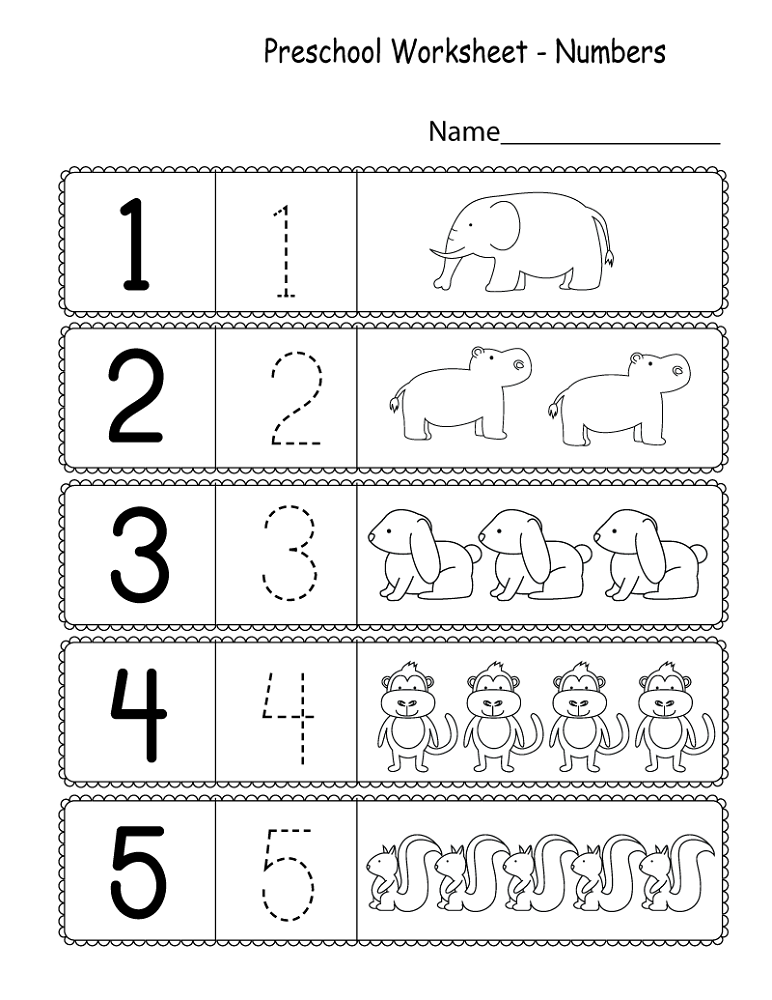 Self-made flash cards with letters facilitate memory and associative thinking, creating the basis for tactile games. You can make postcards alone or with your child. Letters can be cut out of paper of various textures and pasted onto cards made of cardboard or paper. Then you can ask the child to pick up letters from 2-3 cards with their eyes closed.
Self-made flash cards with letters facilitate memory and associative thinking, creating the basis for tactile games. You can make postcards alone or with your child. Letters can be cut out of paper of various textures and pasted onto cards made of cardboard or paper. Then you can ask the child to pick up letters from 2-3 cards with their eyes closed.
Literacy begins with learning the letters of the alphabet. Combine different perceptual styles. The alphabet learning games described above help children to learn letters at different levels. Moreover, fine motor skills play a crucial role in the formation of systematic connections in the mind of the child and create the basis for the development of reading and writing.
How to learn the alphabet with a child. A few simple tips
When to start learning the alphabet with a child
Someone starts teaching a child the alphabet as early as 2 years old, and someone doesn't even start at 5 years old. Different rates of development of children and the desire of parents to prepare the child for school as early as possible raise many questions and discussions.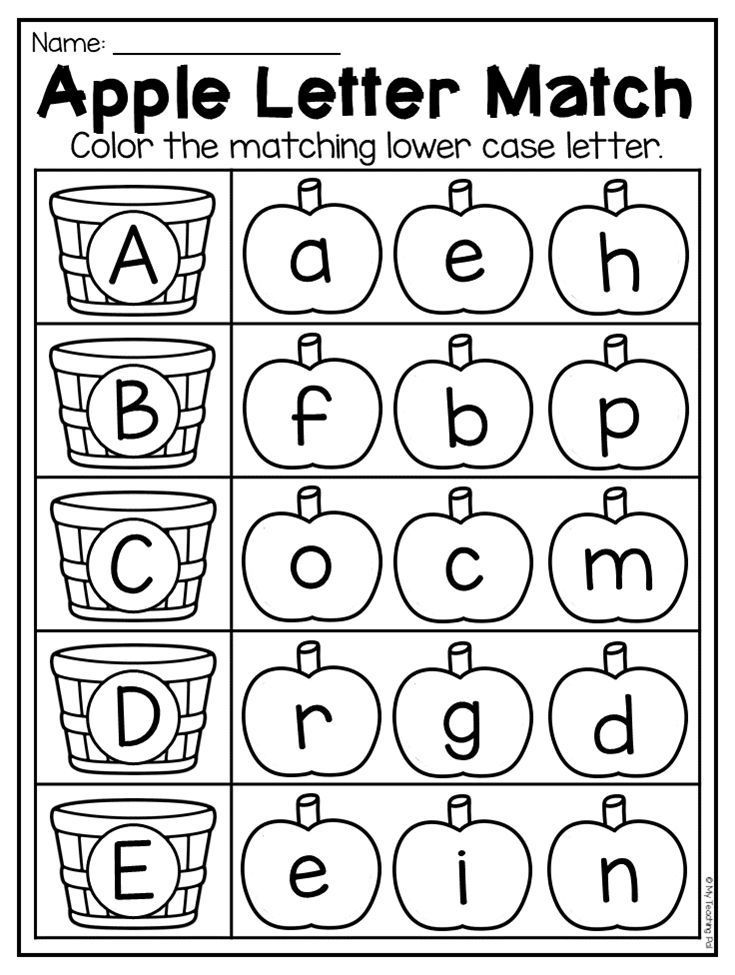 So at what age should children start learning the alphabet?
So at what age should children start learning the alphabet?
Neurophysiology claims that it makes no sense to teach children under 4-5 years old, because only at this age does the active phase of the formation of phonemic hearing begin (hearing, which is responsible for the perception of language sounds, which is necessary for the synthesis and analysis of speech sounds). Speech therapists agree with this. Without the ability to hear sounds in words, it is very difficult to associate them with the image of letters. At the same time, the elementary school program assumes the possession of basic things - an approximate understanding of sounds, letters, words. This makes it necessary to prepare the child for school in advance, so that the learning process is easier for him.
It can be understood that the development of phonemic hearing started when the child begins to ask questions about letters, reading, how to spell the word he pronounces. There are often sound errors in his speech.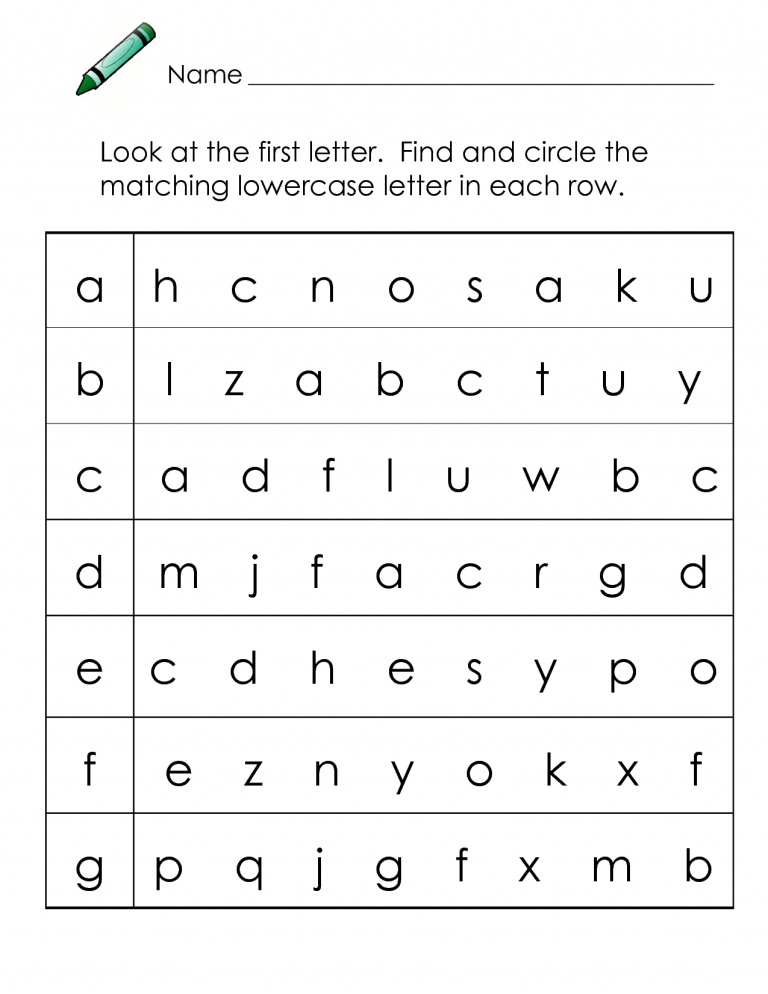 This usually happens by the age of 4-5 and means that the time has come. However, if you wish, you can start introducing children to the alphabet from the age of 3, but this must be done correctly, taking into account the peculiarities of age.
This usually happens by the age of 4-5 and means that the time has come. However, if you wish, you can start introducing children to the alphabet from the age of 3, but this must be done correctly, taking into account the peculiarities of age.
Tips for Learning the Alphabet
Many parents and teachers take a very similar approach to teaching their preschool child as they do in elementary school. Such a didactic method may work in exceptionally rare cases, or if the child is already 6 years old or older. The vast majority of children do not perceive this way of presenting information, because in the period from 3 to 5 years, as noted by I.Yu. Sinitsyna, a leading researcher, their main activity is a role-playing game.* A child learns information better by imagining an interesting situation in which he has his own role, game learning objects with which to perform actions.
Specialized books and manuals for learning the alphabet and reading most often contain standard tasks that are not at all like games.
That is why the process is very long, complicated and inefficient.
In addition, it is of great importance what kind of example adults set for the child. If you read books with him with pleasure, then the child will begin to form an interest in them. After all, a parent in early childhood is the most important figure for a child, he often repeats after them, strives to be like them. When children see that their parents are reading books, they themselves begin to reach out to them - many play, pretending to read and understand what is written on the pages. So gradually there is a desire to understand what is written there, what each symbol means and how it sounds. At this stage (4-5 years or older, depending on individual characteristics), standard bright books with the image of letters, which are customary to see in speech therapists and in kindergartens, are already suitable.
In this article you will find some simple tips on how to help your child learn the alphabet.
Games for learning the alphabet
To make the process of learning letters into a game, you will need cubes with the image of letters (you can make an analog yourself by cutting sheets of paper and writing on them all the letters of the alphabet one by one). The child will be able to move them independently, forming syllables.
First, concentrate on open vowels (A, O, U, Y, E), the mouth opens wider when they are pronounced. It will be possible to move on to soft ones (E, Yu, Z) later, when the first ones are fixed. Explain to the child how a syllable is built, for starters, from two letters: one is a consonant, the other is a vowel. We lay out the cubes we need and the next step is to add an element of the game. You can invent games yourself in the likeness of the examples below.
1. Song of birds. Enter several characters: a goose that says "GA", a hen that says "KO", a cuckoo that says "KU" and an owl that says "WU". The child in this game is the spectator who "records" the performance to tell his friends what the birds were singing about.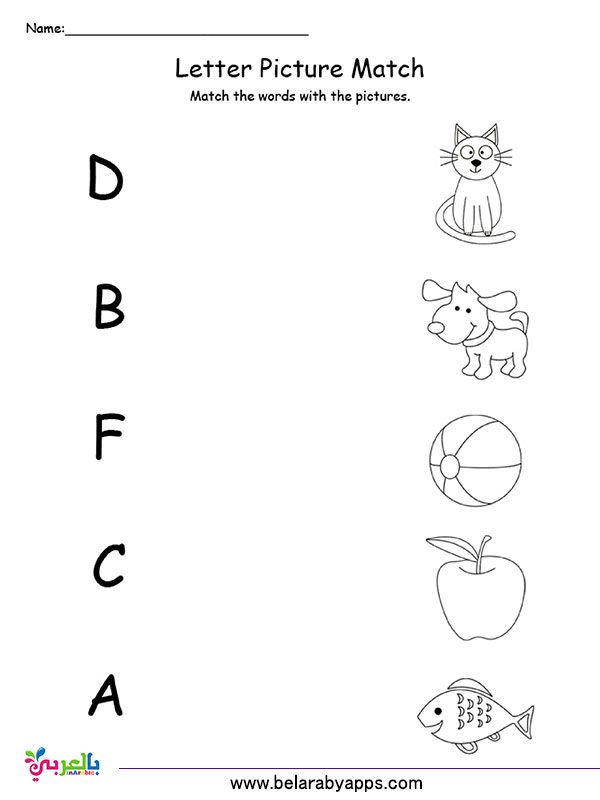 You are the storyteller. The roles of the choir members are given to toys. Any volumetric surface, for example, a sofa, is a stage.
You are the storyteller. The roles of the choir members are given to toys. Any volumetric surface, for example, a sofa, is a stage.
“One day four birds with different voices met: a goose, an owl, a cuckoo and a hen. And they liked the way their voices sounded so much that they decided to have a concert and invite a special guest (that is, your child)!” - you say and, together with the child, arrange toys on the stage.
«Waiting for the guest, they started to sing a song that they had been rehearsing for a very long time. “GA”, “KU”, “VU”, “KO” ”- you sing and ask the child to sing with you.
“The guest liked the song so much that he decided to write down its words for a friend so that he could later sing it with him” - you say and ask the child to put down the words of each bird, helping in case of difficulties.
2. When the child gets used to the syllables, you can move on to more advanced options. The refrigerator and magnets in the form of letters on it will help you with this.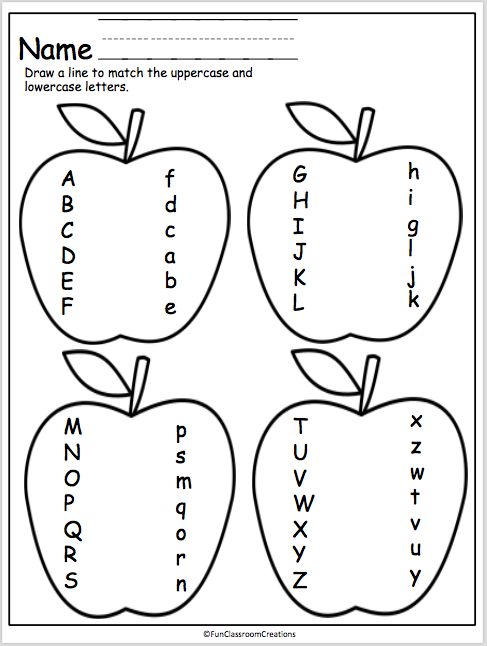
Draw an object or animal with your child, a bird such as a cuckoo. In the process of drawing, ask the child how the cuckoo sings. He already knows the answer to this question because you played the cuckoo game with him.
Then, together with your child, hang the drawing on the refrigerator and ask him to lay out the letters-magnets like a cuckoo sings. Next, add the syllable "Shka". Explain to the child that this is the name of the bird.
In this way, you will turn your child's learning into a fun game where he will be an active participant. This will help to develop interest in him and build associations, thanks to which he will remember more and more syllables and gradually begin to collect them into words.
Conclusion
Thus, the main thing a parent can do to arouse a child's desire to learn the alphabet is to show their interest in reading to a child. Preschool children want to be like their parents. Seeing how you read a book with interest, the child will begin to “read” it too and eventually want to understand what exactly is written there and how the text turns into sounds.